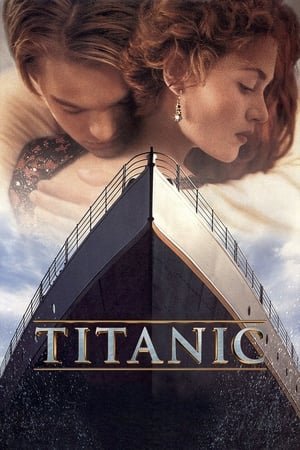In 1970s Spain, under the oppressive regime of General Franco, artistic freedom faced significant constraints. Among the works suppressed by the government was Stanley Kubrick's masterpiece, "A Clockwork Orange," a film that remains unforgettable for its bold narrative and groundbreaking style. Released in 1971 to critical acclaim worldwide, this dystopian exploration of violence, power, and morality fell victim to censorship in Spain due to its provocative content.Yet, despite the strict constraints of the time, "A Clockwork Orange" found a path to the public through an unexpected avenue: film festivals. In 1975, during the 20th edition of the Valladolid Film Festival, the Seminci, the film finally premiered without undergoing censorship. This event marked a rare victory for artistic expression in a time when creative voices were silenced by governmental control.The story behind "A Clockwork Orange" gaining admission to the festival and its subsequent screening is a testament to the power of art to challenge and transcend political boundaries. The Valladolid Film Festival provided a platform for Kubrick's visionary work, ultimately allowing Spanish audiences to experience a piece of cinema history that had been denied them for years.
What Makes "A Forbidden Orange" Stand Out:
- The story behind the film's screening at the Valladolid Film Festival is a testament to the power of art in challenging political boundaries.
- Despite being released in 1971, Spanish audiences had to wait until 1975 to experience this iconic piece of cinema history.
- The festival provided a platform for Kubrick's visionary work, allowing it to transcend governmental control and censorship.
Fun Facts:
- A Clockwork Orange premiered in Spain during the Valladolid Film Festival in 1975, bypassing strict censorship rules of General Franco's regime.
- The film was initially banned in Spain due to its provocative content despite gaining worldwide critical acclaim when it was released in 1971.
- Stanley Kubrick's bold narrative and groundbreaking style found a way to reach Spanish audiences through an unlikely avenue: film festivals.

 (HBO Max)
(HBO Max)
 (HBO Max Amazon Channel)
(HBO Max Amazon Channel)
 (HBO Max Amazon Channel)
(HBO Max Amazon Channel)































Comments & Reviews